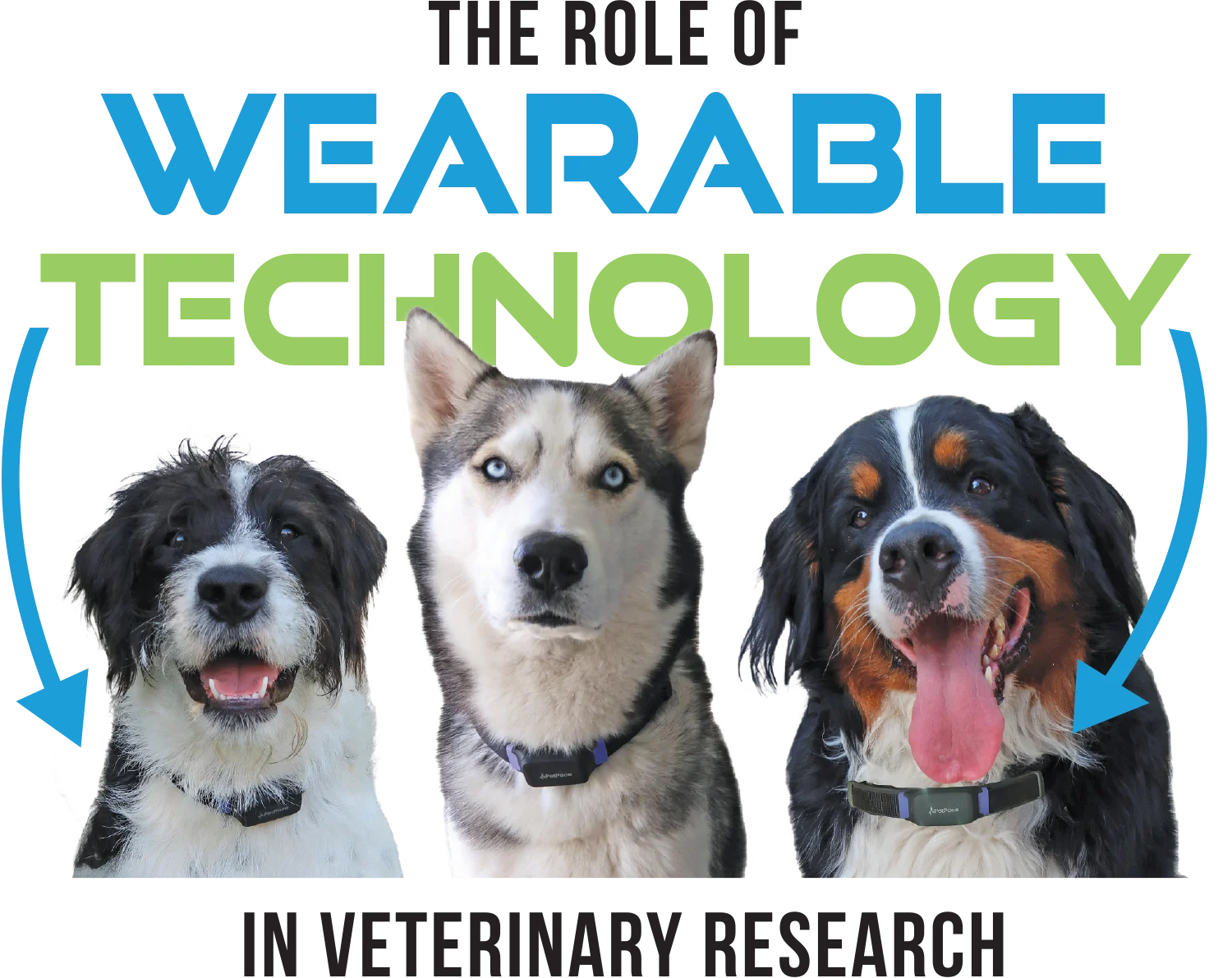


Photo provided by PetPace
n the ever-evolving field of veterinary research, staying ahead means embracing innovation. That’s why advancements in wearable and mobile health technologies have sparked a revolution in how animal health is monitored for research.
With advancements in miniaturized sensors, modern smart collars can house several measurement devices within a single device that can be worn as a normal pet collar. Due to this streamlined design, smart collars can now collect real-time data across a variety of vital signs and biometrics, including temperature, pulse, HRV, respiration rate, posture, activity levels and more.
As with any use case, AI models become more powerful when provided with more data to learn from. Therefore, when data is collected from an animal over a longer period, AI can better identify baselines unique to the animal and can help discover potential diseases before they would otherwise be noticed. By leveraging advanced machine learning technology, researchers can identify anomalies and learnings like never before.

Another area that’s a growing trend is TeleVet Medicine. In the U.S., the TeleVet Medicine market is $137M annually and projected to reach $900M in just a few years. Wearable smart collars can help triage the pet while on a virtual visit, allowing the vet to make decisions based on objective data rather than subjective information from the pet owner. This elevates the TeleVet experience for better outcomes.
Wearable technology is reshaping the landscape of pet health research. By providing researchers with the tools they need to gather real-time data from animals in their natural environments, this technology is unlocking new possibilities for understanding and improving pet health.

